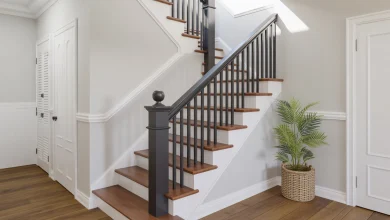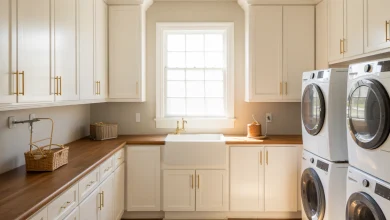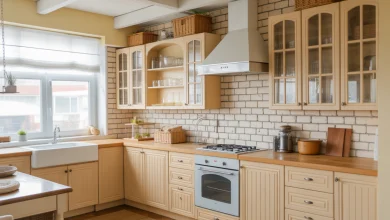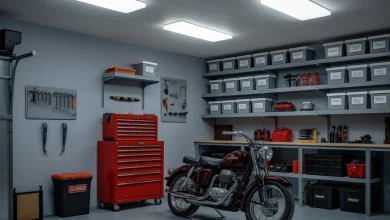How to reduce the squeaking of hardwood flooring
A creaky hardwood floor provides plenty of opportunities to startle. Or to wake up a baby sleeping peacefully in the room. In short, it is an unpleasant noise, from which it would be good to get rid of.
But creaks are also signs that something is wrong with the kingdom of parquet flooring. Identifying the problem causing the crackling can help solve it. The tips recommended by wood professionals can help!
Why does hardwood flooring squeak
Parquet is first and foremost wood. And wood, even cut from its roots and cut into strips, is still a living and active element. That means it will react to temperature fluctuations, such as humidity. It will stretch, even swell and retract.
So many tiny movements that result in physical manifestations, sometimes tangible in the hand and eye, sometimes in the ear. Even daylight wakes up the wood and causes these noises.
These are normal wood reactions. Try to regulate them by setting a stable humidity and temperature in the room: a humidity level of 50% to keep the wood from drying out. Some units allow you to check this percentage, and others will humidify the room as needed.
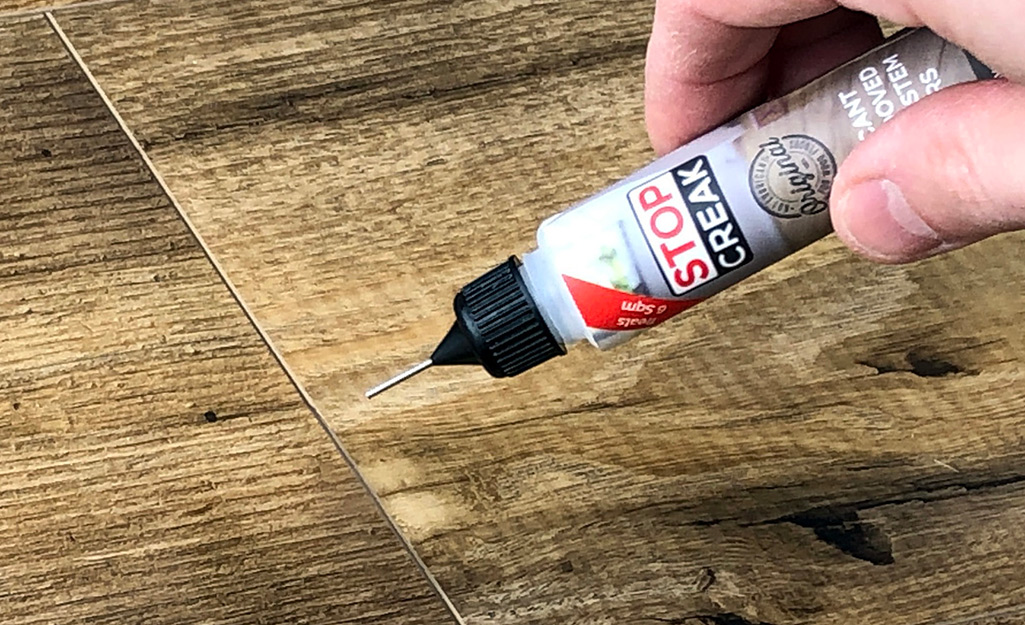
But there may be other causes behind creaking floors.
Check the fasteners
Old hardwood floors are more likely to crack. And it’s not just the advanced age. In the past, floors were made of large planks (longer than the ones sold today).
Each pass over these planks put them under pressure. With each step, the slat bends to adapt to that pressure. The friction between these pieces of wood causes a squeak.
And the larger the floorboard, the more possibilities for this situation. However, there is no question of shortening already installed wood planks. Nevertheless, check the fasteners and secure them.
These fasteners are called joists: find them by tapping the blades with your finger until the sound is hollow. Find the squeaky floorboards and screw them down. To be more effective, use wood screws long enough to reach the joist under the floorboards. There are even models specifically adapted for hardwood floors that will allow you to not damage the floor too much.
Using flat-head nails or, better yet, headless nails driven at an angle is also an option. Whatever the choice, in this case the nozzle will be invisible if masked with wood filler. Choose a shade that matches the floor and lightly sand the surface to better match the decor.
Tips before the main job
It’s not always necessary to do major repair work to keep the floor from squeaking. Take advantage of old-school tips that professional carpenters have been using successfully for decades.
To remove wood squeaks, use:
- talcum powder: sprinkle it between the cracks in your hardwood flooring. Vacuum to remove as much dust as possible before the operation. To make it easier to spread, spread the talcum powder over the floor and sweep with a broom or brush, paying attention to the joints. Some professionals even suggest stomping on the parquet so that the talcum powder penetrates better. The talc acts as an elastic binder and reduces friction;
- parquet maintenance oil: nourishes wood that has become too dry and therefore prone to squeaking. Lubricate the parquet in squeaky areas. Remove excess to avoid premature soiling;
- flakes of laundry soap: some people use paraffin oil or candle wax. However, these options damage the wood and even become a fire hazard. Nevertheless, laundry soap particles trapped between cracks in the wood will reduce the squeaking of the parquet without being a risk factor.
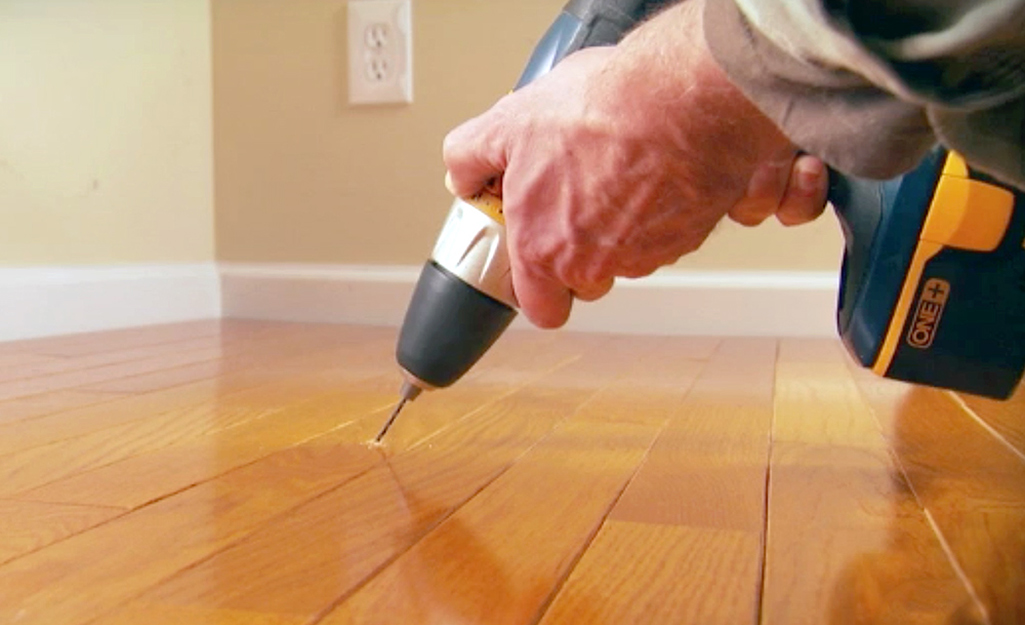
In the worst case scenario, some hardwood floorboards will need to be replaced. After that, call in a professional. But this solution will only be considered as a last resort if other solutions fail.

